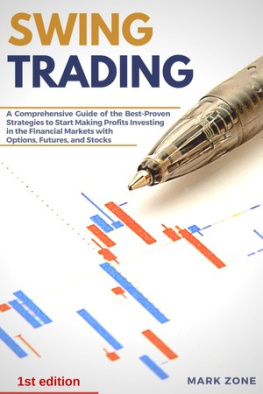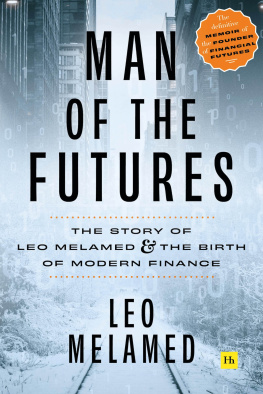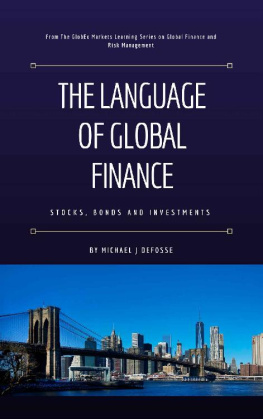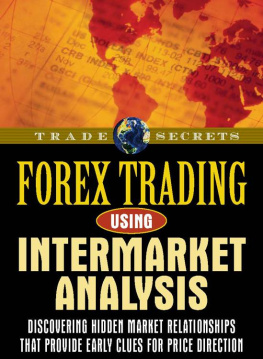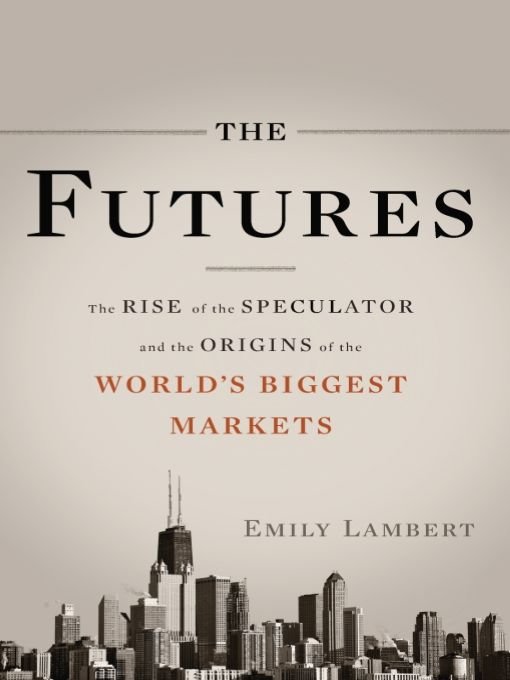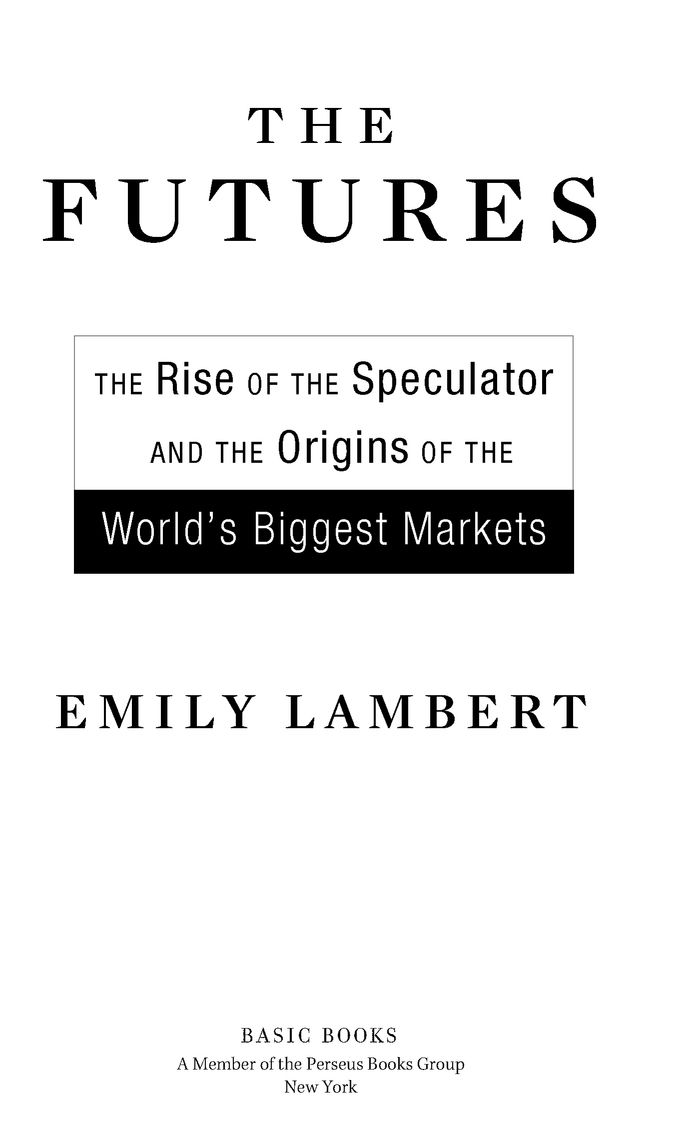Table of Contents
To
Donato Joseph Colitto,
our little derivative.
PROLOGUE
The Present
It is January 2010, and it is cold in Chicago. A man in a gray Chevrolet Impala drives into the city on Interstate 290. Its known locally as the Eisenhower Expressway, or the Eisenhower. Traffic reporters often just call it the Ike. He has driven the route a thousand times, if not more. On the Eisenhower, an extension of Interstate 88, he cuts through western suburbs that used to be farms. He passes tough West Side neighborhoods, rail yards and warehouses, and luxury condominiums on his way to the Loop, the area where the elevated trainsChicagos Lrattle in from the neighborhoods, circle a section of the downtown area, and head back out again. As he approaches, buildings jut up like glass and steel blades of prairie grass. The old Sears Tower, recently renamed, looks particularly tall from this angle, a black stripe against the morning sky.
The man, whose name is Charlie Andrews, is briefly in traffic but not for long, which must be some kind of miracle in Chicago, where there is always traffic. He prefers gray cars because the color hides dirt as well as dirty snow. He navigates the Loops many one-way streets and stops short of Michigan Avenue, where tourists from small farming towns sometimes walk down the street with mouths agape and eyes wide as they wander between the skyscrapers. He parks the Impala in a lot on the southern edge of the Loop.
Andrews walks to La Salle Street, the main artery of the financial district. He passes impressive, heavy buildings that block the sunlight and cast long shadows. Hes the kind of man you dont necessarily notice, but if you do, you wonder whether hes lost or perhaps wandered in from a different place and decade. Andrews is seventy-two years old and six-foot-four, topped with a shock of white hair. He wears a green suit and an oval-shaped belt buckle, the kind you can find in glass cases at Alcalas Western Wear on West Chicago Avenue, an emporium popular with inhabitants of the citys many Latino neighborhoods. Its a rarity here on La Salle Street, where men wear blue suits, starched shirts, and the sort of shoes that benefit from frequent polishing.
Andrews enters a building at the end of the street that stops La Salle in its tracks, a Gotham-esque Art Deco tower at the end of the block. It looks taller than it really is. You might recognize it. It turns up in the background of movies. In The Dark Knight, a semi flips over in front of it. Today, in the snow, it looks like a giant armchair. An oversized clock ticks above the main entrance; on top of the building stands an aluminum statue, a few stories tall, of the goddess Ceres, the daughter of Saturn. Romans believed her to be the goddess of grains, or cereals. Here shes on lookout, or would be if her face had any features.
Andrews pushes through revolving doors into the lobby, which features nine kinds of marble and pillars meant to look like skyscrapers. Around him, woven into odd places like heating vents, are stylized decorative versions of wheat. Deeper into the building, the elevator doors close and reveal more sheaves of wheat, this time in a shape that resembles a martini glass. But this morning he doesnt get that far in.
The buildings lobby features a newsstand, a bank, and a restaurant with large glass windows looking into the lobby. The restaurant, once called Sign of the Trader and now called Ceres, feels clubby and cliquey, the kind of place where men who know each other meet for hushed lunches. It would be full of smoke if this were the movies, or if Illinois hadnt banned smoking in public places. And it would be raucous and rowdy at the bar if the business being done upstairs in this building hadnt changed. That said, even now, every drink is a double.
Andrews enters the restaurant, takes a seat in a booth, and gives a waitress his order, a sole sandwich with tartar sauce. He gives the order slightly louder and slower than seems normal. But he is not from around here. He lives in Kanopolis, Kansas, population five hundred. His great-grandfather was a butcher from Scotland who moved to the States and shot buffalo to feed railroad crews. His grandfather bought a farm and cattle.
Cowboys are prone to some tall tales, and Andrews is no exception. He has a few stories, and he will tell most without hesitation. For example, while buying cattle he went to Mexico and met the actor John Wayne, with whom he went on a two-day bender. The rest of the story involves the phrase fifteen fresh whores an hour. He left some to the imagination. Theres another story, told by a friend of his who has an office upstairs, about a visit to Clayton, New Mexico. Thats where that friend put a ranch horse in Andrewss hotel room as a prank. Andrews doesnt remember what provoked the prank, but he remembers the animal, as cowboys do. I wanted that horse, he says, adding that he took it home. He turned out to be a tremendous horse.
But the most interesting story Charlie Andrews tells has to do with the business he got into in Chicago. There he was, from Kansas, traveling to Mexico and around the United States, buying calves and light cattle on behalf of feedlots, which fattened them up to sell to slaughter. In El Paso in 1962, he opened a trading account with E. F. Hutton, a now-extinct brokerage company (best remembered for its ad tagline: When E. F. Hutton talks, people listen), and put $5,000 into it. He started trading something obscurefutures contracts on pork bellies. He became an active speculator. It fascinated him, he said, because money is the way you keep score.
Shortly after he opened the account, Andrews went to Chicago, where millions of cattle were sold in its stockyards and killed in its packing plants. While there, he visited the building in the Loop where he sent his pork belly orders. It housed the Chicago Mercantile Exchange, a member-run club.
He continued to trade pork belly futures, and then futures contracts on cattle. As the stockyards declined, he got to know the futures traders better as their trade grew bright and exciting. Some were young and rambunctious like he was. In 1969 he saw a hog futures trader, happy after a good day, pour liquor on his chest and light it on fire for fun. Andrews spent many nights with them on stools at Division and State Streets, a then-lurid nightlife district that put him in close proximity with both mobsters and housing projects. One night he heard machine guns as he walked down an alley at 2:00 AM. He hid behind a Dumpster.
In 1973 he joined the small futures exchange. Some of the wildest things he saw, he saw there at what they called the Merc. Men there were in the business of taking risks, and mostly with their own money. Some were successful. He saw a man rack up $10 million on a series of good trades. Many were not successful. He saw more than one trader on the floor lose everything. When new men came to trade, he learned to recognize the ones who wouldnt make it. He could predict who would take risks wildly, without considering the consequences, and who would eventually lose his money, confidence, and sense and be wheeled off the trading floor on a stretcher. Andrews stopped trading for himself early on, after he lost a large amount of money, but continued advising people.
The longer Andrews stayed, the more futures contracts he had to choose from. The traders branched out into foreign currencies, stocks, and interest rates. Five years after joining the Merc, the cowboy was a broker advising money managers in New York, Geneva, and other places. The work had an unfortunate side effect. Andrews left in 1995 for a two-year stint in jail after he pled guilty to one count of perjury in a case in which a customer of his was accused of running a Ponzi scheme. Andrews says that he was innocent but changed his testimony on the advice of his lawyer. He pled guilty, paid a $400,000 fine, and agreed to testify for the government only because he believed that he would not serve jail time. From prison, he successfully fought off civil suits and continued to call his office every daycollectto relay his views on the market. When he was once again a free man, in 1997, he moved back to Chicago.


